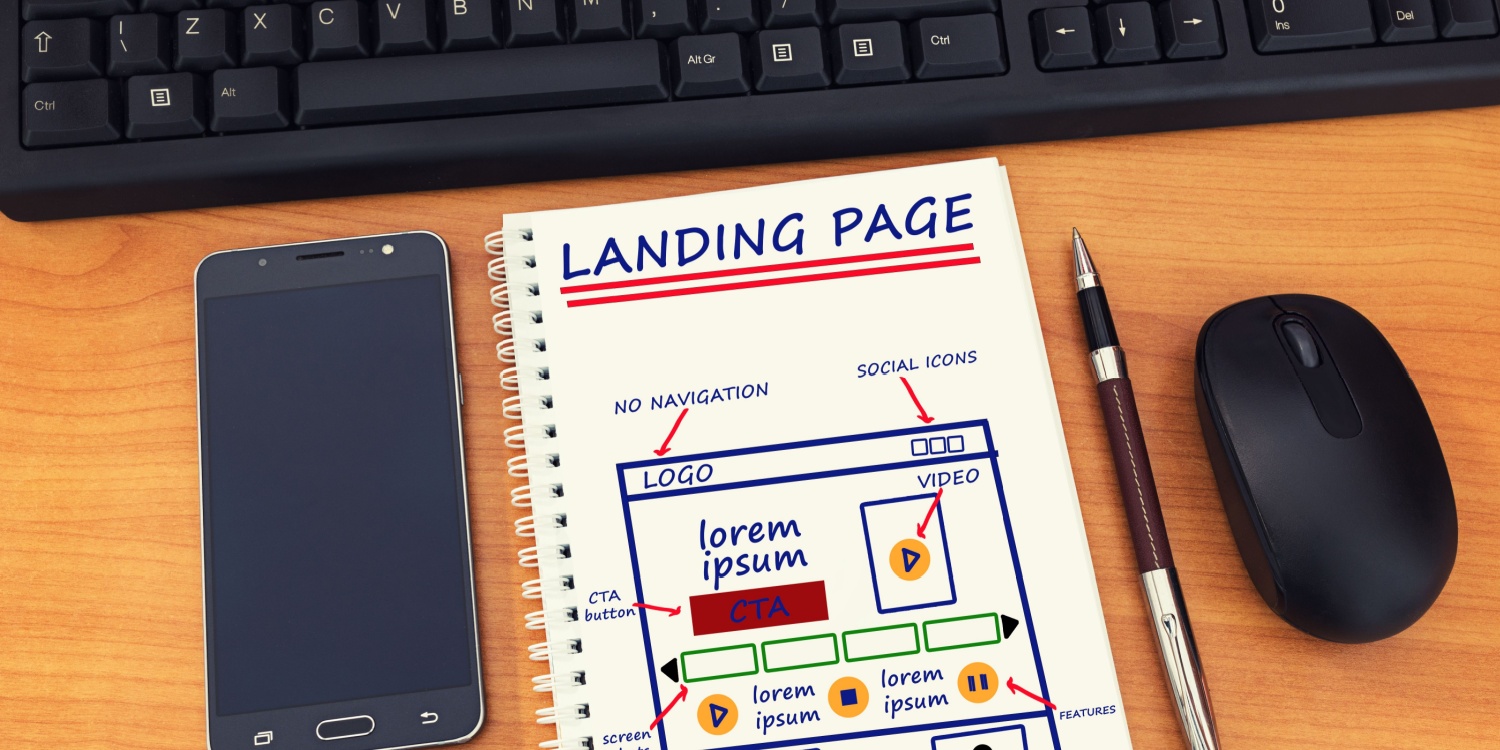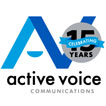
Marketers report their No. 1 goal when creating landing pages is lead generation (44%, according to HubSpot), making these pages a critical marketing tool across industries. And for a landing page to be effective, it needs to consist of several key elements, including engaging visuals, a compelling offer, an easy-to-fill-out contact form and, you guessed it, the right copy.
You can check out these tips from web-hosting platform Hostinger to help make your landing page a success from a UX standpoint. Here’s how to make the copy effective.
1. Establish a specific purpose for your landing page.
Yes, your landing page is meant to generate leads — but what kind of leads? Are you aiming to capture a broad audience or hone in on a specific product, service or demographic?
For example, if you’re a hospital marketer generating leads for your orthopedic department’s knee replacement program, you have options. You could cast a wide net, targeting anyone with persistent knee pain affecting their daily activities. Or you could get more specific and target Medicare members, knowing they’re more likely to seek surgical solutions.
Having a focused purpose helps you craft more precise and effective messaging, ensuring the leads you capture are the ones most likely to convert.
2. Establish your landing page offer.
If you want folks to give up something (i.e., their contact information), your landing page needs to have a hook — and a good one. Most often, this will be a hefty piece of content that you’ll let users download once they’ve provided you with their email address. Think white papers, guides, trends reports, workbooks, templates, etc.
Using the hospital example above, you might offer users the chance to download A Medicare User’s Guide to Resolving Knee Pain for Good or something similar. The more targeted and valuable your offer is, the more likely it is that your audience will take the next step.
3. Write your landing page’s headline, description and call to action.
When it comes to landing page copy, your headline is (almost) everything. The right headline can increase your conversion rate by up to 307%, according to Hostinger. Make it concise, engaging and benefit-driven, clearly communicating what’s in it for the user.
For instance, if your offer is an ebook, focus on the benefits it delivers:
- Will it save the user money?
- Can it help position them as an expert on a specific topic?
- Will it help them solve a real-world problem?
When writing a landing page, keep copy short and sweet. If you’re pushing more than 150–200 words, find ways to tighten things up.
4. Prepare campaign materials.
Landing pages aren’t meant to stand alone. They should be part of a larger campaign. So you’ll also need to prepare copy to drive traffic to your landing page, whether that’s through social media posts, marketing emails, newsletter blurbs, etc. If budget allows, run a Google Ads campaign to drive traffic as well. Whatever you do, be sure to use concise, consistent language across all platforms to ensure cohesive messaging.
5. Review your landing page’s data and adjust.
Once your landing page has been live for a month or two, dig into the analytics. Make sure you understand:
- Where is the traffic coming from?
- What is the click-through rate?
- What is the conversion rate?
According to Unbounce’s latest benchmark report (that we totally provided our email address to download, btw), the average landing page conversion rate is 6.6%. But rates vary widely by industry — from 3.8% for software as a service (SaaS) businesses to 12.3% for events and entertainment.
If your page isn’t performing as expected, don’t panic. Analyze the data to pinpoint potential issues. Is the offer compelling enough? Does the headline grab attention? Could the call to action (CTA) be more persuasive? Small adjustments can lead to significant improvements.
Lead-Gen Landing Page Checklist
Creating a landing page that generates leads requires a strategic approach. Follow these steps to craft a page that converts:
- Define your target audience and identify the type of leads you want to capture.
- Determine what you’ll offer users in exchange for their contact information.
- Write your headline, description and CTA, using concise, benefit-driven copy that clearly communicates what’s in it for the user.
- Write supporting copy to drive traffic to your landing page from social posts, marketing emails, newsletter blurbs or Google Ads.
- Analyze traffic, click-through rates and conversions. Tweak your offer, headline or CTA as needed to improve performance.
